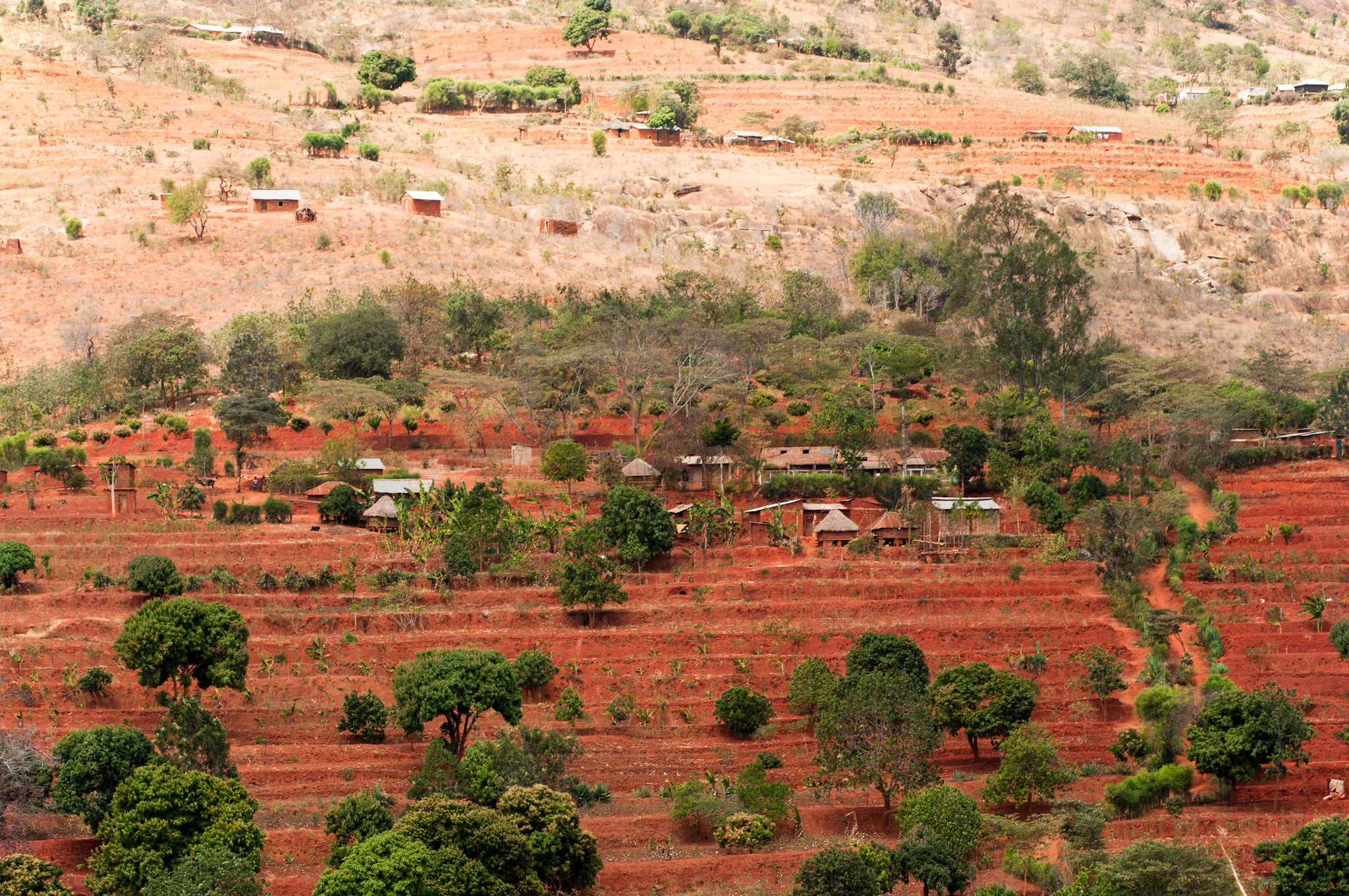Expert Insights on Erosion Control Techniques for Sustainable Land Management
Understanding Erosion Control
Erosion control is a vital component of sustainable land management, helping to preserve soil health and prevent land degradation. This natural process, if left unchecked, can lead to significant environmental challenges, including loss of fertile land, water pollution, and habitat destruction. By implementing effective erosion control techniques, land managers can mitigate these risks and support sustainable ecosystems.
Various factors contribute to erosion, including water, wind, and human activities. Understanding these causes is crucial for developing effective strategies to combat erosion and ensure the long-term health of the land.

Key Erosion Control Techniques
Vegetative Measures
One of the most effective erosion control strategies is the use of vegetation. Plants stabilize soil through their root systems, reducing the velocity of surface runoff and increasing water infiltration. Common vegetative measures include:
- Grassing: Establishing a grass cover to protect soil from erosion.
- Planting Trees and Shrubs: Providing windbreaks and reducing water flow.
- Cover Crops: Using crops that protect soil during off-seasons.

Structural Practices
Structural practices are another cornerstone of erosion control. These physical constructions help manage water flow and reduce soil displacement. Popular structural techniques include:
- Terracing: Creating stepped levels on sloped land to slow down water runoff.
- Retaining Walls: Building barriers to prevent soil movement.
- Check Dams: Small barriers in channels to reduce water flow speed.

Innovative Approaches
With advancements in technology, innovative erosion control methods are emerging. These include the use of geotextiles and bioengineering solutions, which combine traditional practices with modern science for enhanced effectiveness. Geotextiles, for instance, are permeable fabrics used to reinforce soil and improve its resistance to erosion.
Bioengineering involves using living plant materials in engineering designs to stabilize slopes and riverbanks. This not only controls erosion but also enhances biodiversity and ecosystem health.

The Role of Education and Community Involvement
Sustainable erosion control requires education and active involvement from local communities. By raising awareness about the importance of erosion control and training individuals in effective techniques, communities can take ownership of land management practices. This shared responsibility ensures that erosion control measures are maintained and adapted as needed over time.
Workshops, community programs, and educational campaigns can play a pivotal role in spreading knowledge about sustainable practices, ultimately leading to more resilient landscapes.

Conclusion: A Sustainable Future Through Erosion Control
Erosion control is essential for ensuring sustainable land management and protecting our environment for future generations. By understanding and implementing a combination of vegetative, structural, and innovative techniques, we can effectively combat erosion and promote soil health. The integration of community involvement further solidifies these efforts, creating a collaborative approach to preserving our planet’s resources.
As we look towards the future, it becomes increasingly important to prioritize erosion control in our land management strategies. By doing so, we can safeguard our ecosystems and contribute to a more sustainable world.
